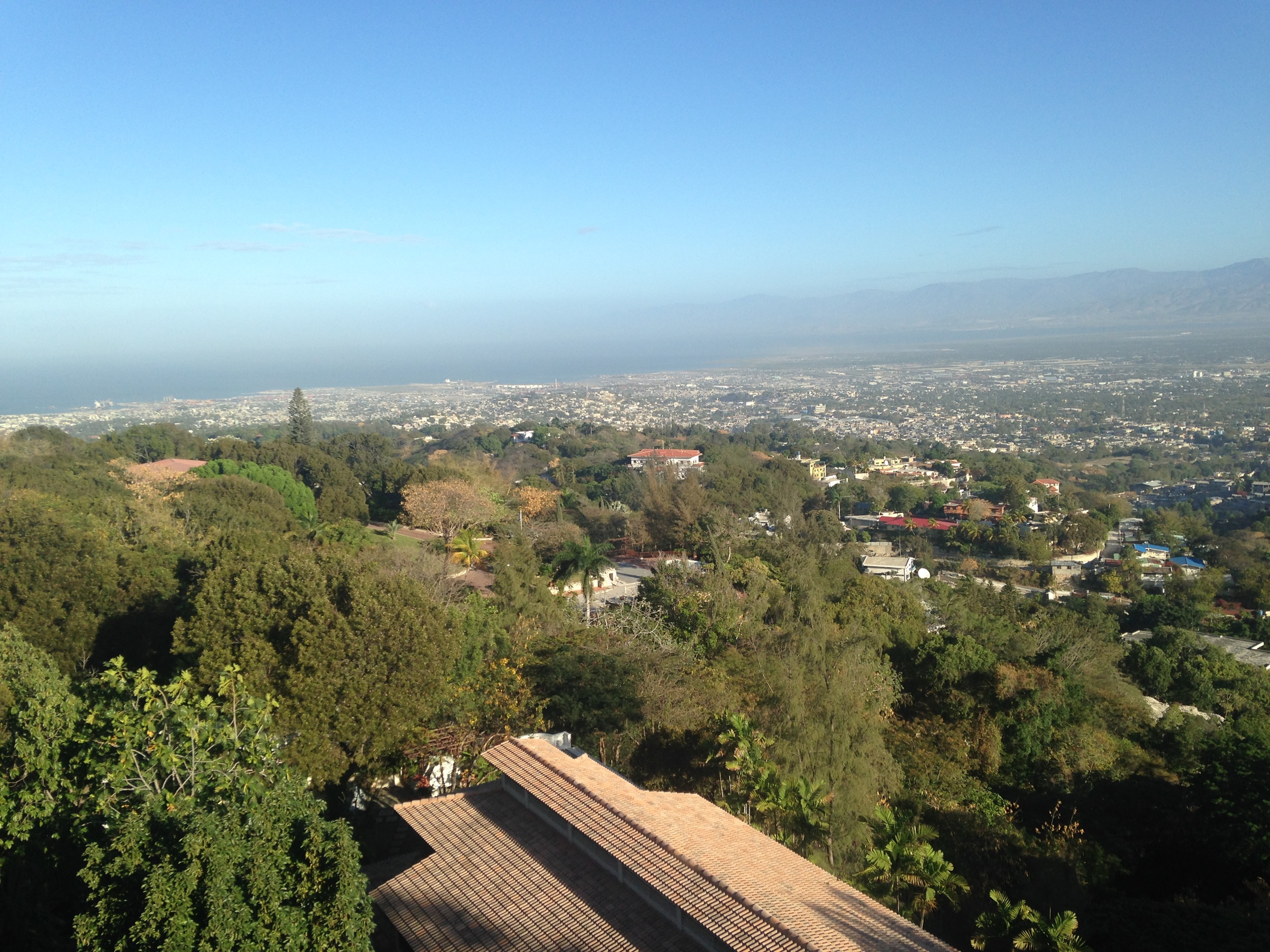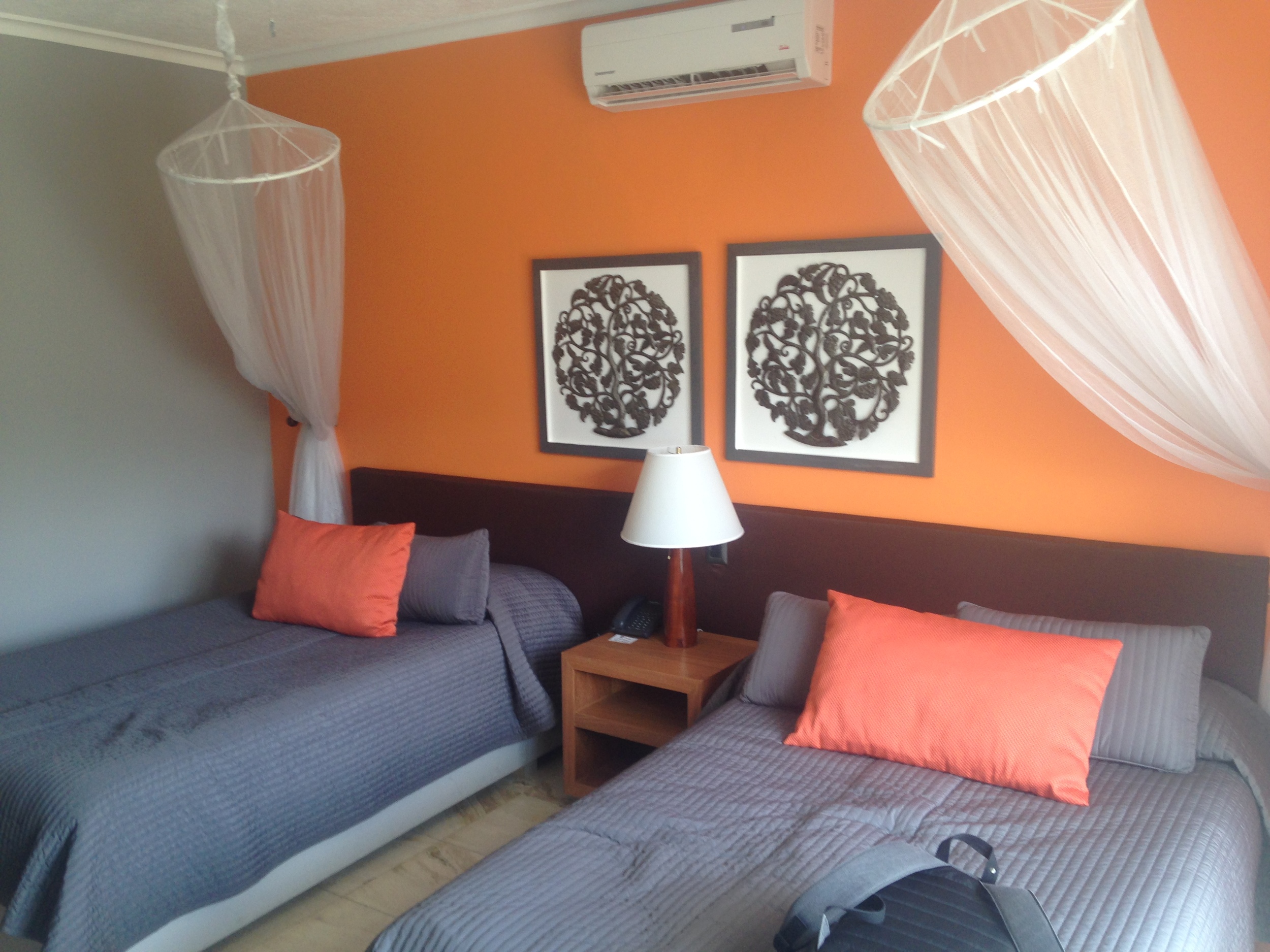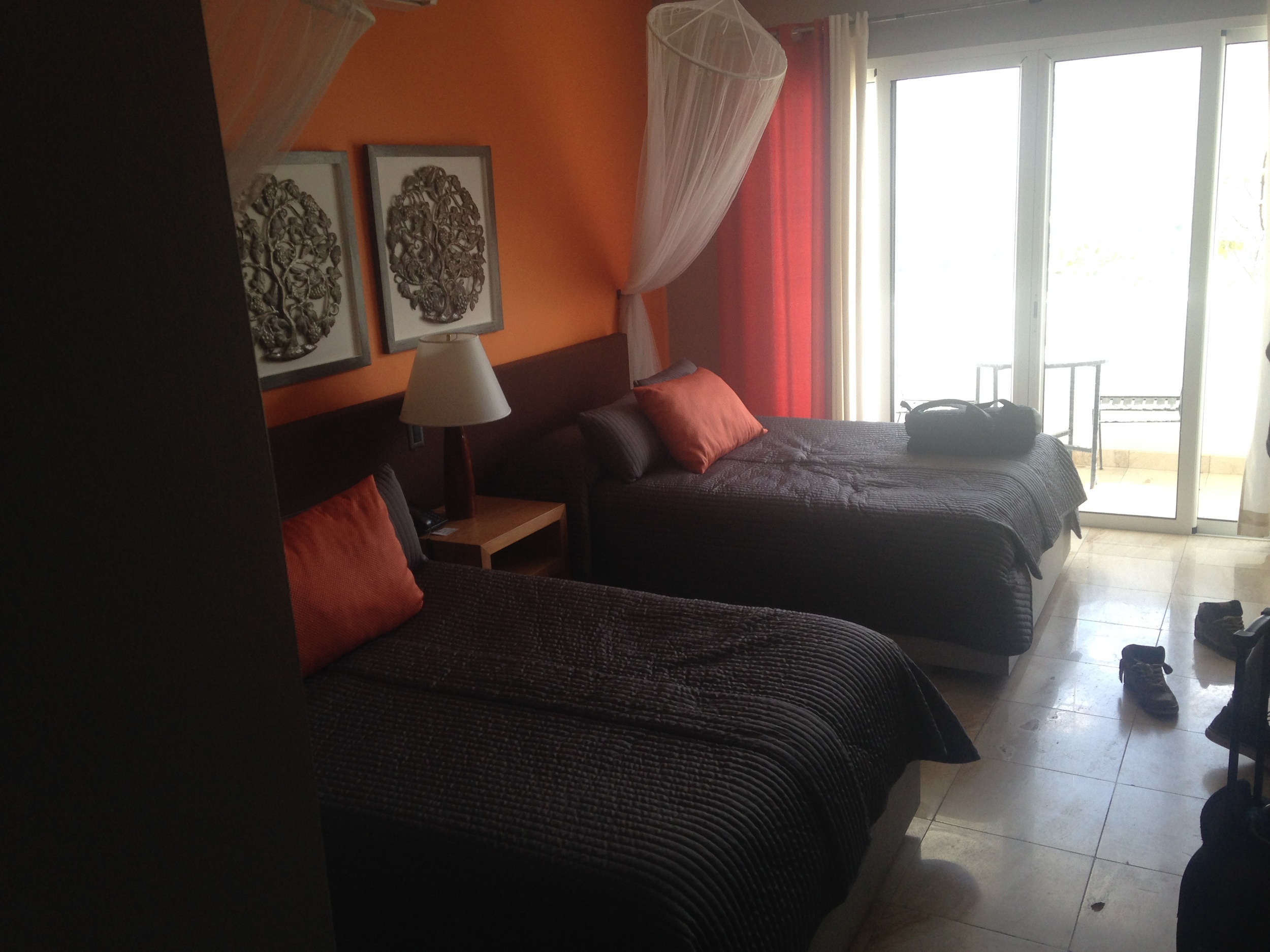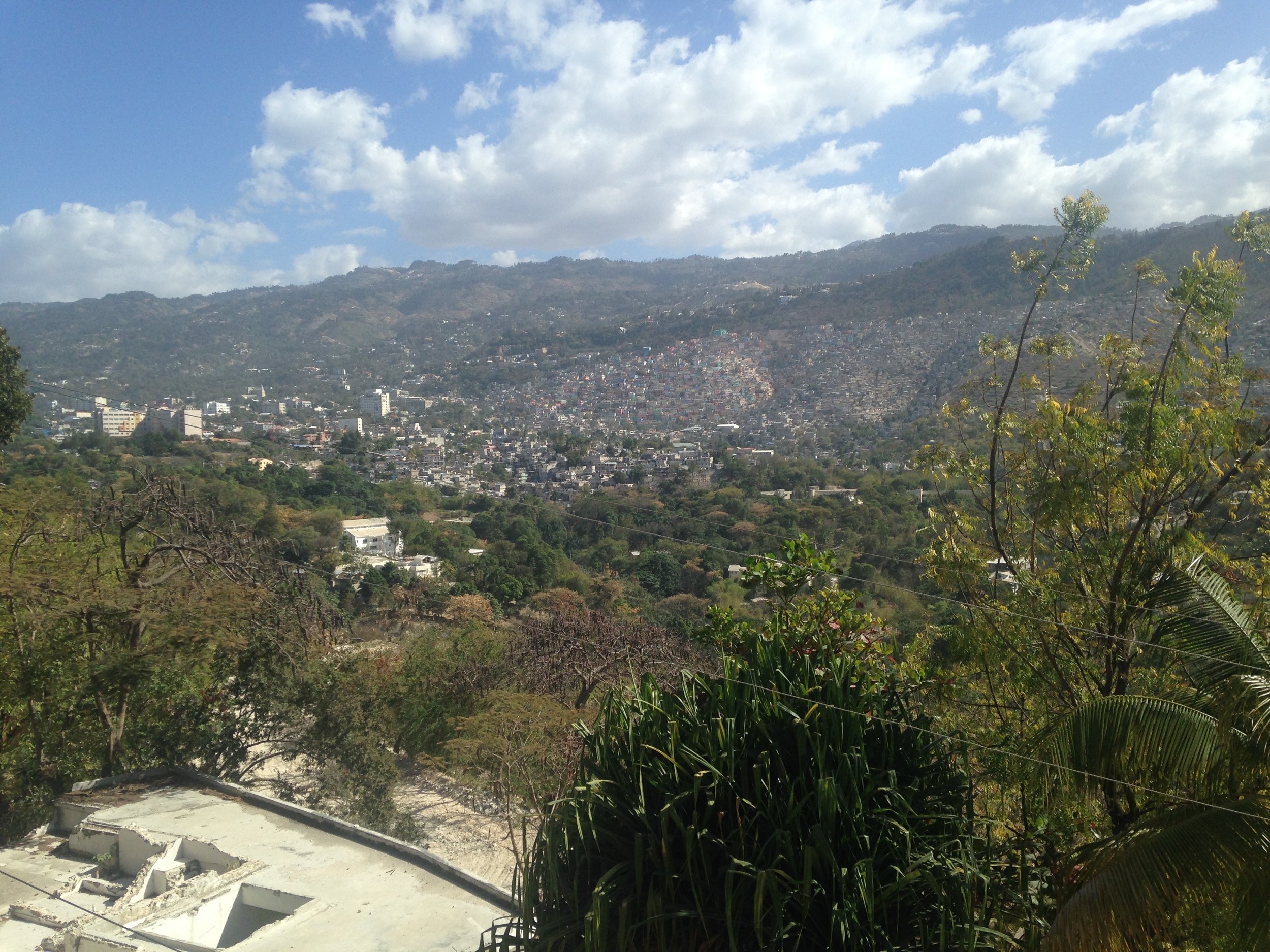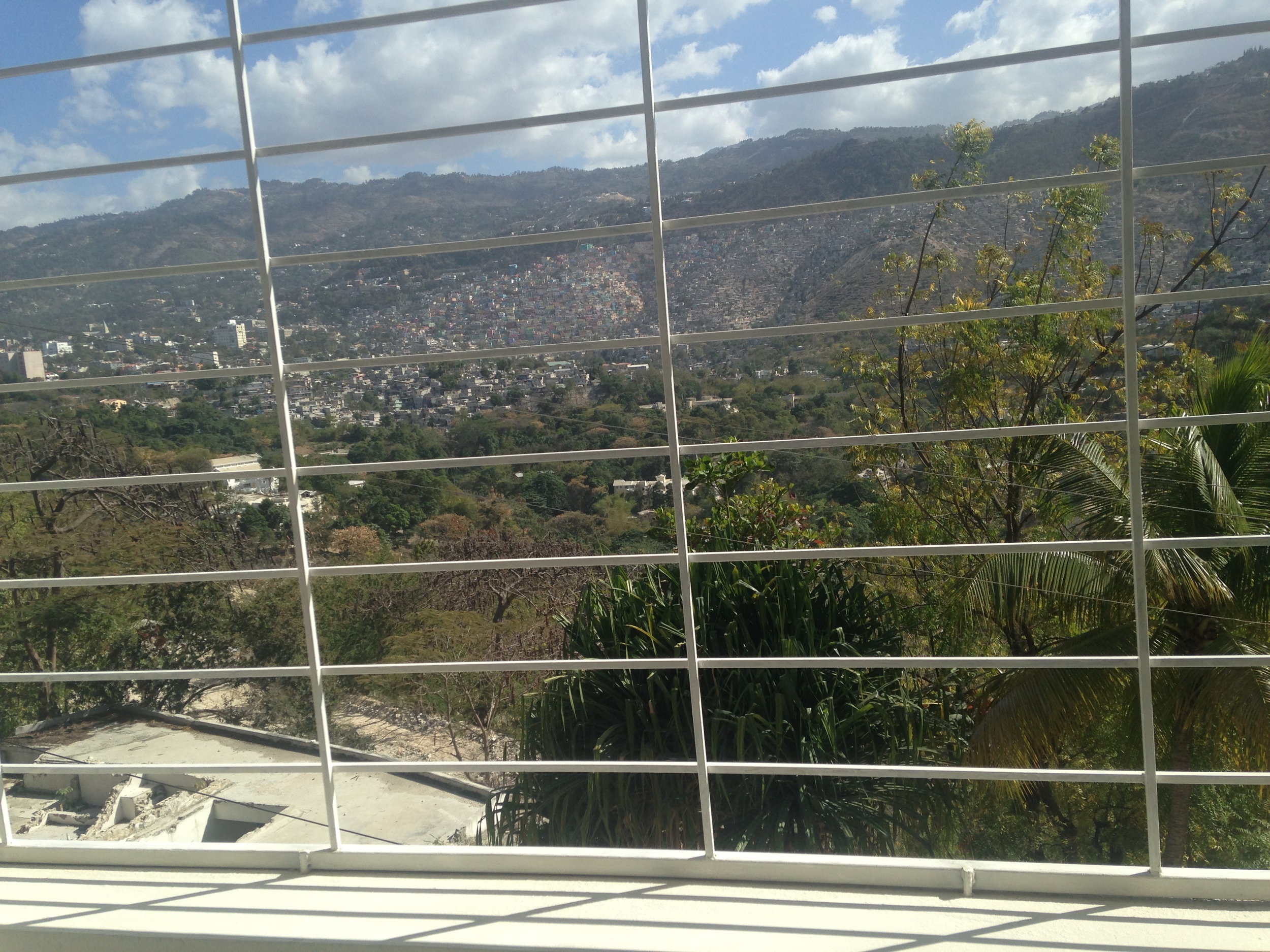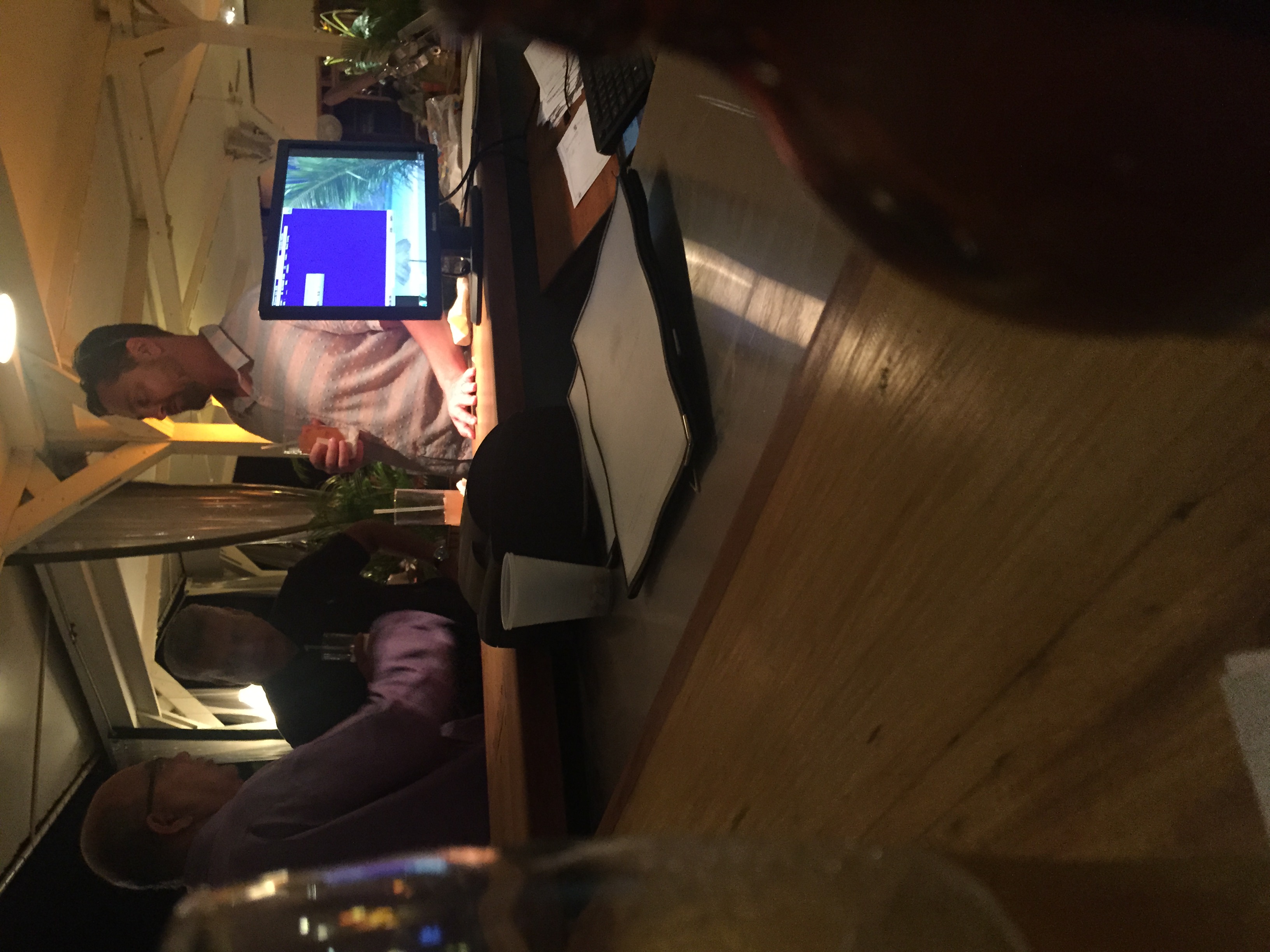The Inter-American Development Bank (IDB) announced the six winners of its IDEAS V 2014 Energy Innovation Contest, an initiative for improving energy efficiency and expanding access to renewable energy in Latin America and the Caribbean, following a selection process which considered a total of 282 proposals from all 26 of the IDB’s borrowing member countries.
Sponsored by the Energy Sustainability Fund from Mexico's National Council on Science and Technology (CONACYT) and the Ministry of Energy (SENER), the Government of South Korea, the Multilateral Investment Fund (MIF), and the Inter-American Development Bank (IDB), the fifth contest was launched in October 2014 http://www.haitilibre.com/en/news-8576-haiti-technology-ideas-contest-call-for-proposals.html It sought proposals to promote innovative solutions to energy problems, benefit local communities or regions, create jobs, and contribute to the reduction of greenhouse gas emissions.
List of winners :
- CASSA – Sustainable social housing - CASSA (Guatemala) ;
- Micro hybrid autonomous power grid of 16 kW for productive uses in rural areas - Waira Energia SAC (Peru) ;
- Kara Solar : Solar-powered river transport in Achuar Territory, the Ecuadorian Amazon - ALDEA (Ecuador)
- "The sun shining condominium" - IDEAAS (Brazil) ;
- Ecological biomass stove - FdS Haiti (Haiti) ;
- Using ubiquitous flexible energy loads to provide grid-scale balancing and societal co-benefits - PELICAN, SA (Nicaragua).
Each winner will receive up to US$100,000, as well as technical and business development support to implement or scale up their ideas. They will also receive access to consultations with technical experts, policy makers, institutions, and potential financial partners. The goal is to enable the winners to turn their ideas into financially sustainable businesses, thereby helping solve the energy problems of the region.
"This year’s IDEAS winners provide an excellent example of the quality of innovation our region is capable of developing. The IDEAS contest, which benefits from the sponsorship of actively engaged donors like Mexico and South Korea, recognizes the region’s brightest innovators and helps improve the region’s economic performance," said Arnaldo Vieira de Carvalho, IDEAS team leader at the IDB.
"Contributing to the pioneering IDEAS energy innovation contest constitutes an excellent opportunity for the Multilateral Investment Fund to share our deep experience in private sector development by designing, financing, and executing innovative models that benefit entrepreneurs, MSMEs, and low-income households in the region," said Michael Hofmann, IDEAS coordinator at the MIF.
All sponsors noticed that the quality of applications this year were very high. Many innovative proposals could not be supported due to budgetary limitations.











































































